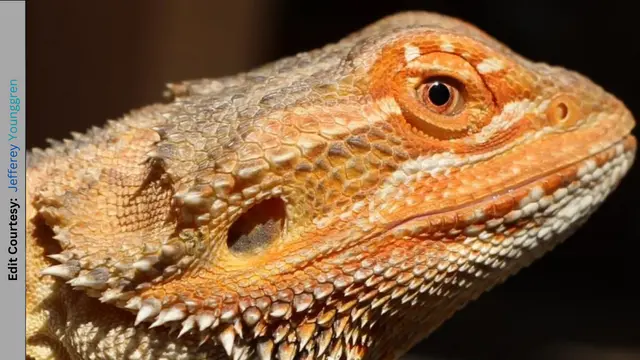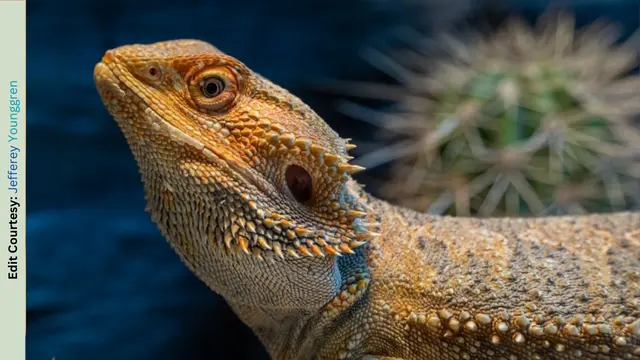When it comes to the breeding process of bearded dragons, there are times when they may not mate as expected.
If bearded dragons don’t mate, there could be a lot of things going on. First, the female bearded dragon might not be sexually mature. It’s also possible that they’re not interested in mating, or they might not be able to mate due to physical limitations. Also, they might not breed because it’s not breeding season yet.
The first thing you should do if your bearded dragon does not mate is to identify the possible cause. Once you identify the issue, you can provide your beardie with help.
This article provides detailed guidance on how to address this issue and help your bearded dragons successfully mate.
Understanding Bearded Dragon Mating Behavior

Before diving into the solutions, it’s essential to understand the mating behavior of bearded dragons.
Typically, the male will display a series of head bobs and arm waves to attract the female’s attention.
If the female is receptive, she will respond with submissive behaviors, such as bobbing her head at a slower pace or lying flat.

1. Ensuring Proper Environmental Conditions
A crucial factor in bearded dragon breeding is the environment.
To encourage successful mating, follow these guidelines:
- Temperature: Maintain a basking temperature between 95-105°F (35-40°C) and an ambient temperature of 80-85°F (27-29°C). Nighttime temperatures should not drop below 70°F (21°C).
- Lighting: Bearded dragons require a photoperiod of 12-14 hours of light daily. Use a UVB light source for optimal health and reproductive behavior.
- Enclosure: Provide a spacious enclosure with multiple hiding spots and basking areas. This allows the dragons to establish their territories and feel secure during mating.
2. Confirming the Sex of Your Bearded Dragons
Misidentifying the sex of your bearded dragons can lead to unsuccessful mating attempts.
To accurately determine their gender, examine the base of the tail, near the vent. Males possess two distinct bulges, while females have a single, less pronounced bulge.
3. Assessing Bearded Dragon Age and Health
Age and overall health play a significant role in bearded dragon reproduction:
- Age: Bearded dragons should be at least 18 months old before attempting to mate. Younger dragons may not yet be sexually mature, decreasing the likelihood of successful breeding.
- Health: Ensure both dragons are in optimal health by providing a well-balanced diet, proper lighting, and regular check-ups with a reptile veterinarian.
4. Encouraging a Breeding Cycle
Sometimes, bearded dragons need a little encouragement to enter a breeding cycle.
To simulate their natural breeding season, follow these steps:
- Gradually reduce the photoperiod over several weeks, down to 8-10 hours of light per day.
- Lower nighttime temperatures to 60-65°F (15-18°C) for approximately 4-6 weeks.
- Slowly return the environment to normal conditions, mimicking the onset of spring.
5. Minimizing Stress During Mating
Reducing stress is vital for successful mating.
To minimize stress, consider these suggestions:
- Introduce Bearded Dragons Gradually: Allow the dragons to see and smell each other before physically introducing them. This can be achieved by placing their enclosures near each other or using a divider.
- Monitor Interactions Closely: Supervise the initial introduction and mating process to ensure both dragons remain safe and comfortable.
6. Seeking Professional Assistance
If you’ve followed the above steps and your bearded dragons still aren’t mating, consult a reptile veterinarian or an experienced breeder.
They can help identify any underlying health issues or provide additional guidance on encouraging successful breeding.
Conclusion
Bearded dragon breeding can be a rewarding experience when approached with care and knowledge.
By understanding their mating behaviors, providing a conducive environment, and ensuring the health of your dragons, you can increase the likelihood of successful mating.
Remember to always monitor their interactions and seek professional assistance if necessary.
